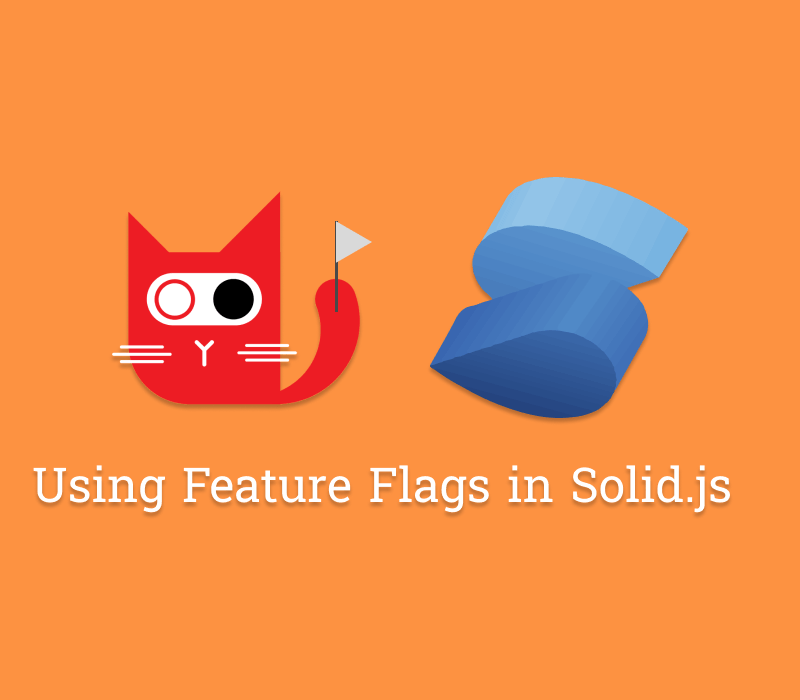Most software features are designed and tested in-house before making their way into the hands of users.
While this is somewhat of a standard approach in feature deployments, it may cause user experience issues. This is because the majority of end users are not tech-savvy and aren't thinking the way engineers do.

Adopting an A/B testing approach prior to making a final feature deployment decision can prevent or lessen the risk of interfering and affecting user experience. Features can be tested and released to a subset of end users initially where the current metrics can be recorded and compared to a previous benchmark. As a result, developers may choose to improve or cancel the feature altogether without the risk of blindly affecting the entire user base.










